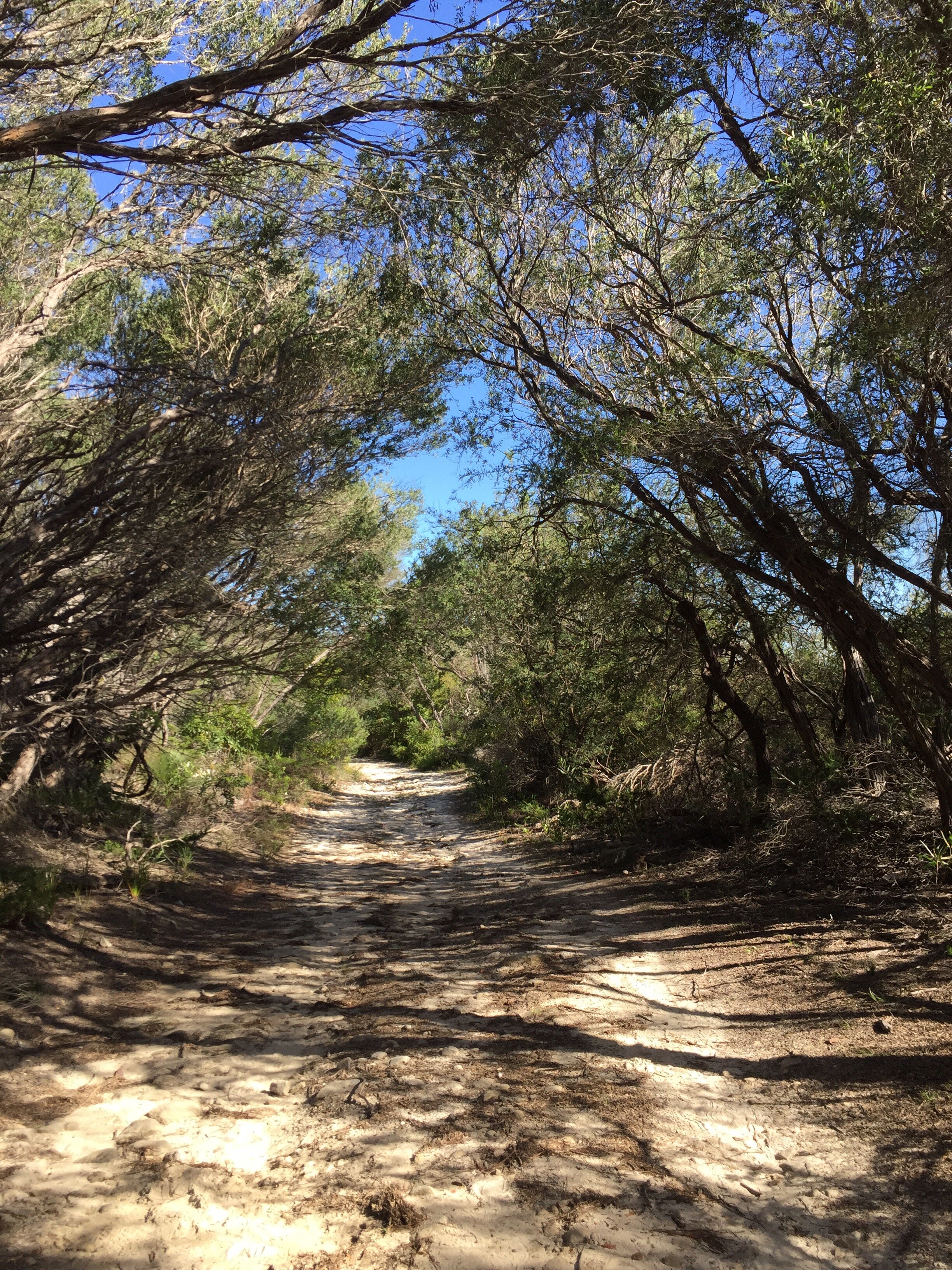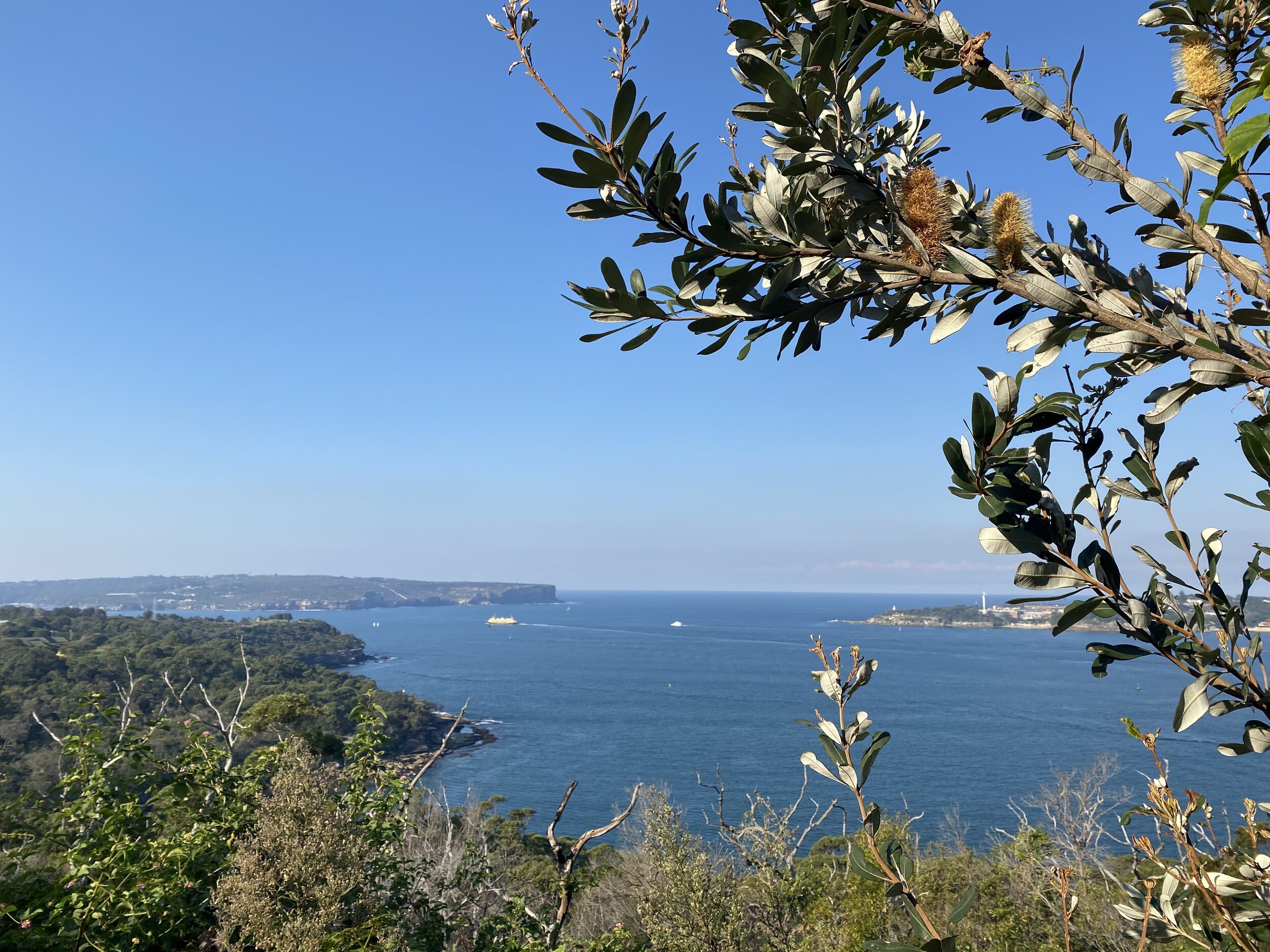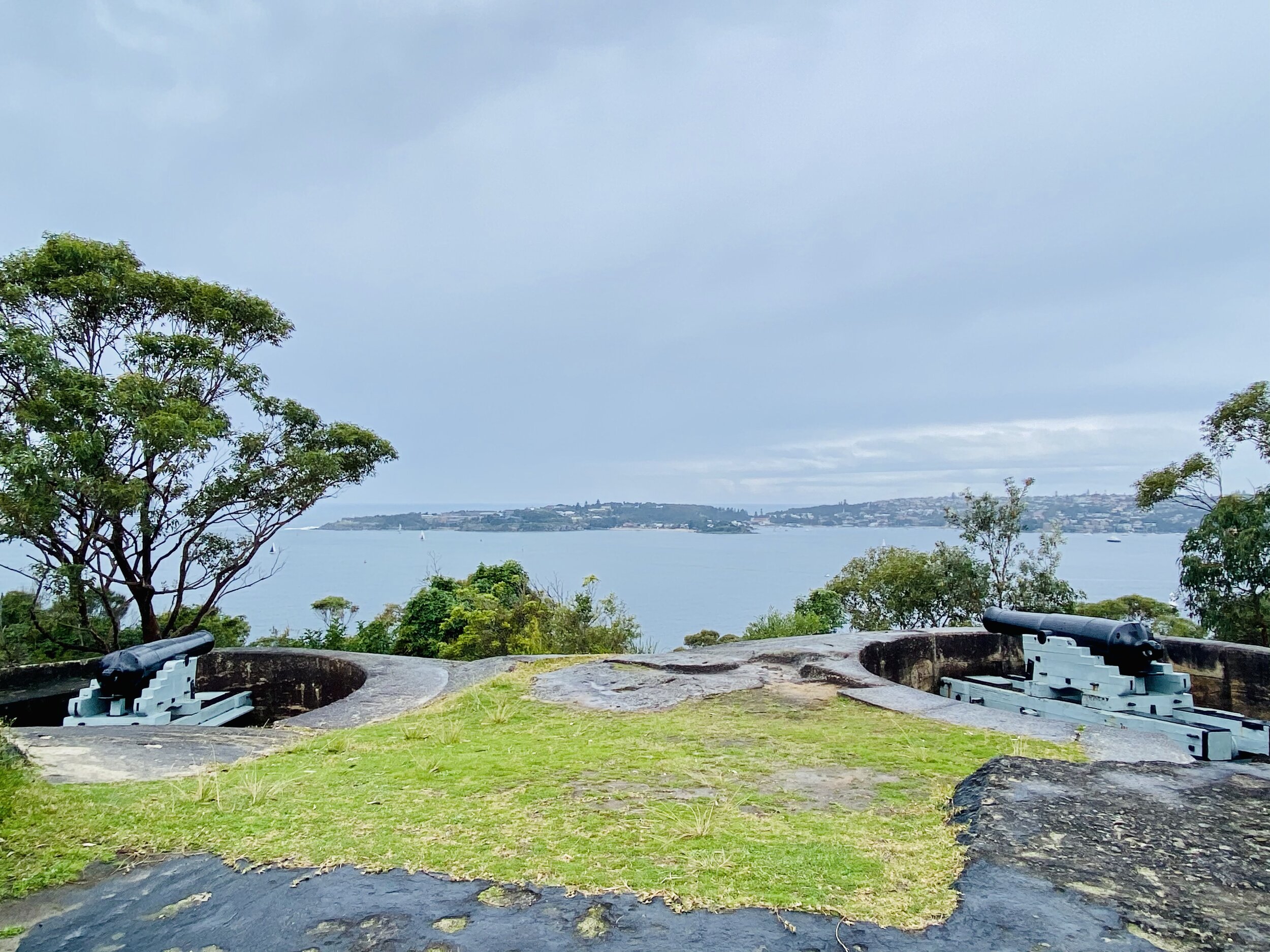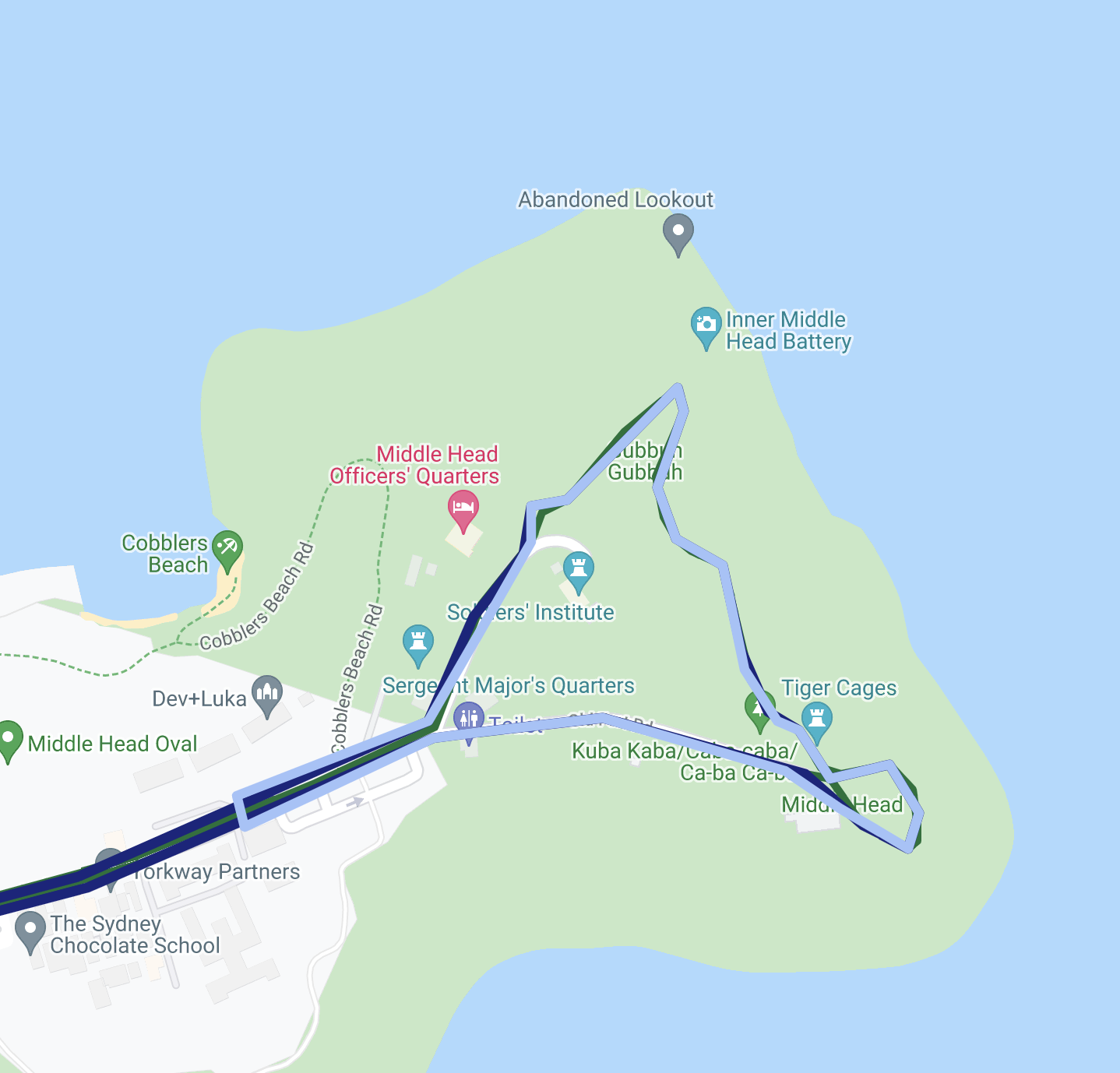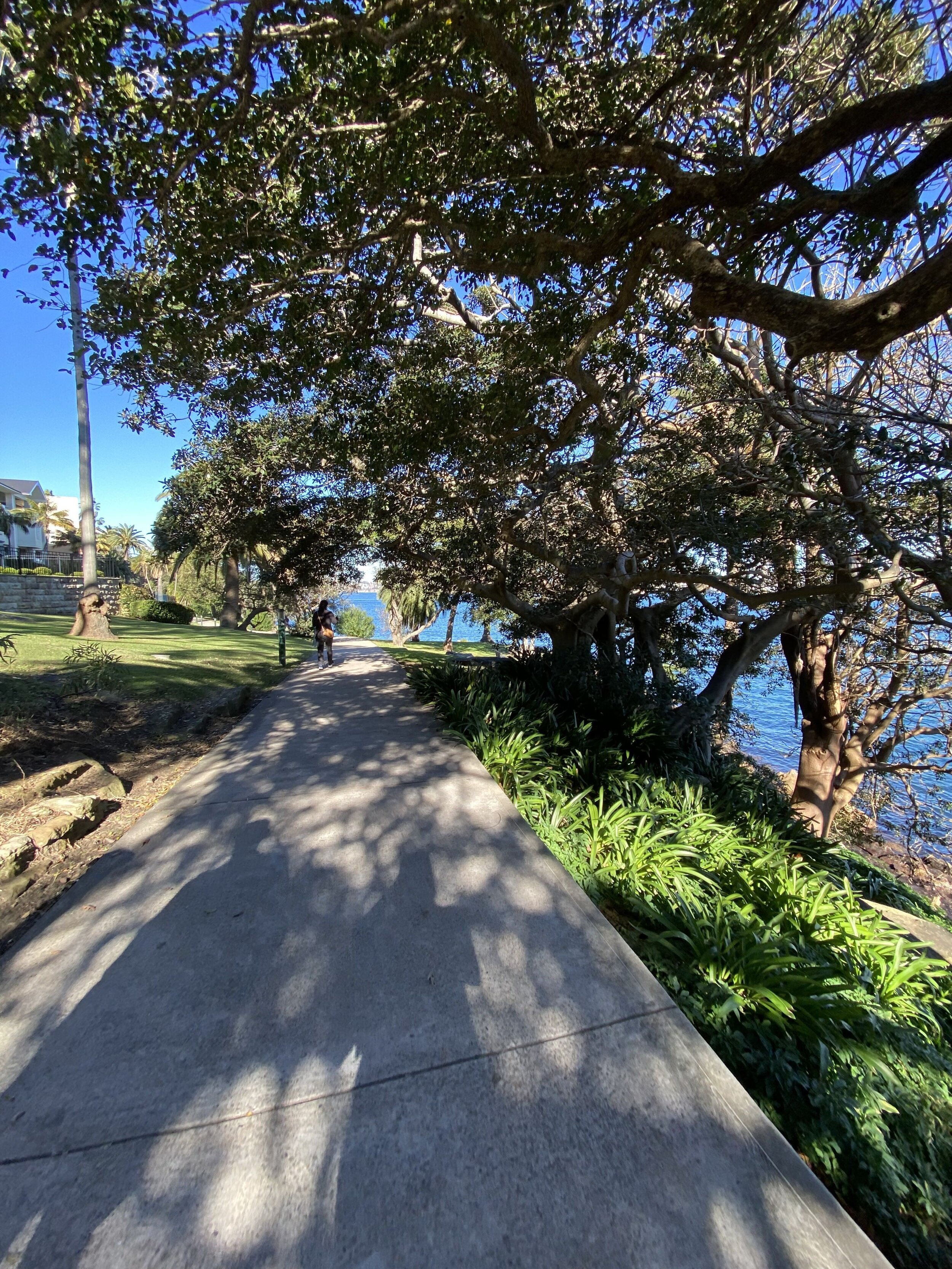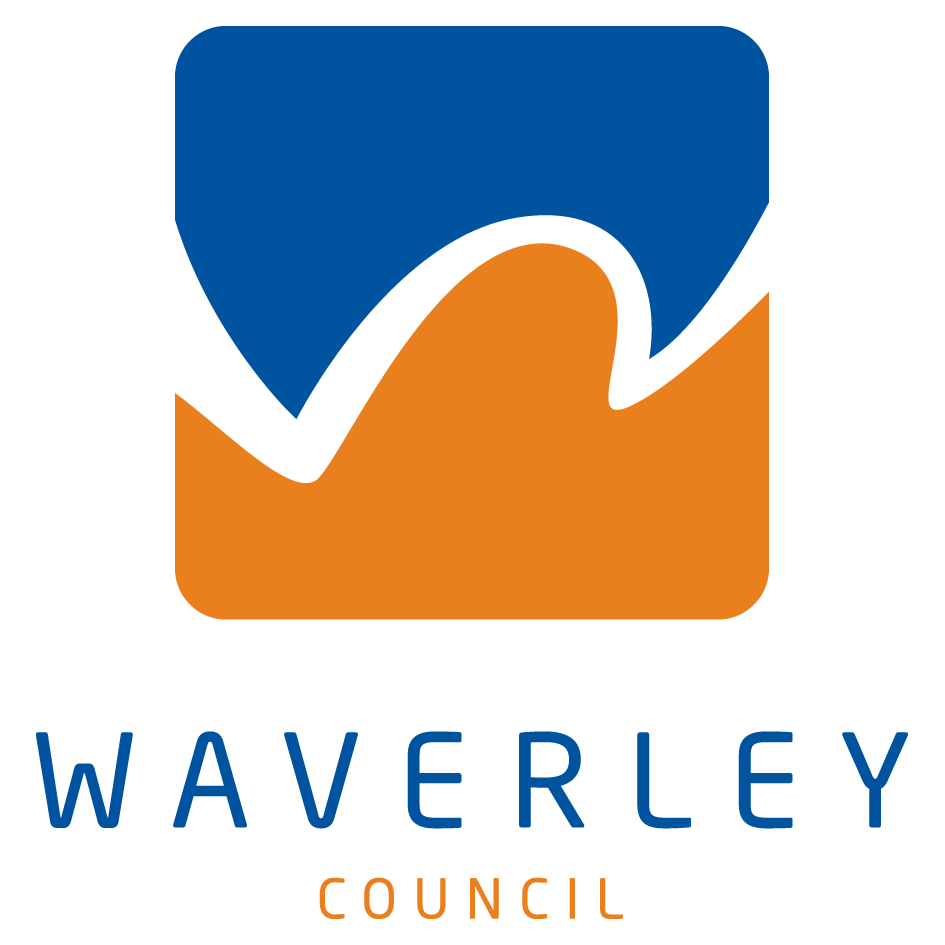Engravings of whales are found all around Sydney’s foreshore.
Whales are, and have been for thousands of years, a totemic symbol for many coastal Aboriginal Australian groups.
Even now, after a brief but intense period of whaling off our eastern shores, 30,000 Humpback and Southern Right Whales swim north from the Antarctic to the warmer waters of the Pacific between May and November each year.
Whaling began in the 11th Century when the Basques (now northern Spain & South Western France) started hunting and trading products from the Northern Right Whale - now one of the most endangered of the great whales.
When the First Fleet arrived in NSW in 1788, the international whaling industry was rapidly expanding to meet the increasing demand for whale oil, which until the development of petroleum in the 1850’s was the primary machine lubricant and preferred lamp oil in Europe and North America.
British whalers and sealers were the most frequent visitors to Port Jackson (now Sydney Harbour) during the first decade of British settlement. It was an essential part of the New South Wales economy and culture. It would become Australia’s first major industry with thousands of people and hundreds of ships eventually involved in the trade. The whaling industry helped the fledgling colony in NSW survive as the whaling ships came to NSW bringing convicts, much-needed food and supplies then setting off hunting for whales before returning to Britain.
By 1831, Archibald Mosman and John Bell were allotted grants of land in Mosman Bay to establish a whaling station which was used to boil down and store whale oil on site for 6 years until 1839 when Mosman sold the site.
Whaling as an industry luckily died out in the 1840’s due to a rapid decline of whales in our local waters. The discovery of gold in Australia in 1851 encouraged sailors to desert their ships en masse and travel to the goldfields. The industry had provided New South Wales with 52% of exports in 1832 provided less than 1% by 1855.
Despite the downturn, whaling continued across Australia until 1979 when, after an inquiry into whales and whaling, the Fraser government accepted the recommendations to repeal the Whaling Act and introduce the Whale Protection Act. This permanently ended whaling in Australian waters. Australia would go on to pursue a global ban through the International Whaling Commission who introduced a moratorium in 1982 which is still in place today.
The Mosman Whaling Station stands today as Mosman Scouts Hall. You walk past it on the northern side of Mosman Bay before reaching the Mosman Wharf.
The plaque outside the building reads:
“In 1831 Governor Darling made a land grant of four acres each to John Bell and Archibald Mosman at the head of Greater Sirius Cove for the purpose of erecting a wharf and various premises to cater for the local whaling industry. By 1833, Bell and Mosman had prepared the whaling station, consisting of a stone wharf 600 feet long and five stone buildings, including the barn.
It is thought to be the oldest surviving building on the lower north shore and is probably the last maritime industrial structure left in Sydney dating from the early colonial period.”
























